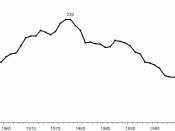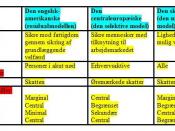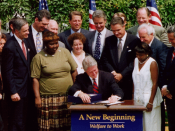Welfare Reform 10 Years LaterOn August 22, 1996, President Clinton signed into law "The Personal Responsibility and Work Opportunity Reconciliation Act," a comprehensive bipartisan welfare reform plan that was designed to dramatically change the nation's welfare system into one that required work in exchange for time limited assistance. The bill contained strong work requirements, a performance based bonus to reward states for moving welfare recipients into jobs, state maintenance of effort requirements, comprehensive child care support enforcement, and support for families moving from welfare to work, including increased funding for child care and guaranteed medical coverage.
Proponents of this legislation toted it as the answer to reduce poverty, to control waste, fraud and abuse of welfare benefits. Clinton in a speech to congress in 1993 stated "I know from personal conversations with many people that no one, no one wants to change the welfare system as badly as those who are trapped in it.
I want to offer the people on welfare the education, the training, the child care, the health care they need to get back on their feet, but say after 2 years they must get back to work, too. We have to end welfare as a way of life and make it a path to independence and dignity."Opponents compared welfare reformers to genocidal maniacs or suggested reformers would have met the approval of barbarians . Ominous claims of an impending "race to the bottom" or the commission of "legislative child abuse" were commonplace. Opponents also regularly invoked religion in an attempt to defeat reforms, suggesting their desperation: "The bill, which will devastate programs for the poorest among us, especially our children, is a moral outrage and an affront to the basic tenets of every religion."It has been ten years since the welfare reform law was signed...


